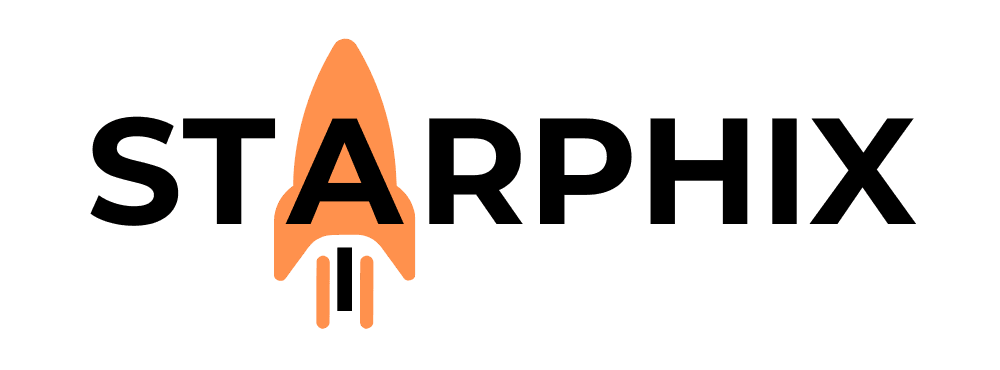Introduction: Your Digital Chief of Staff 📋 #
As a consultant or coach, your expertise is the core of your business. Every minute spent on administrative tasks—onboarding, scheduling, follow-ups, and note-taking—is a minute not spent on high-value client work. Imagine having a “digital chief of staff” that handles all this preparatory and follow-up work, allowing you to focus entirely on delivering transformative insights for your clients. That is the power of an AI-streamlined workflow. This guide provides four powerful automation recipes tailored specifically for consultants and coaches.
The Consultant’s Challenge: Juggling Clients & Content #
The life of a consultant is a constant balancing act between direct client work and the administrative tasks that support it. Key challenges often include:
- Onboarding: Manually reviewing lengthy intake forms to prepare for a first call.
- Session Prep: Lacking the time to synthesize past notes into a coherent plan for the next session.
- Follow-Up: Spending hours after a call summarizing notes and sending follow-up emails.
- Content Creation: Finding the time to turn client insights into thought leadership content.
AI-powered automation can directly address every one of these pain points. We will use the same Universal Automation Blueprint (Trigger -> AI Action -> Output) from our previous article to build our solutions.
4 Workflow Automations to Implement Now #
1. Automated Client Onboarding & Session Prep #
- Goal: Walk into every first call perfectly prepared with key insights and questions.
- Blueprint:
- Trigger: When a new client completes your onboarding questionnaire (via Google Forms, Typeform, etc.).
- AI Action: “Read the following client submission: [form answers]. Summarize the client’s background and current challenges into three bullet points. Identify their top 3 stated goals. Generate 5 insightful, open-ended questions to ask during the discovery call.”
- Output: Create a new page in that client’s notebook (in Notion, OneNote, etc.). Populate the page with the AI-generated summary, goals, and preparatory questions.
2. Intelligent Session Note Summarization & Follow-Up #
- Goal: Eliminate post-session administrative work and provide clients with immediate, valuable summaries.
- Blueprint:
- Trigger: When you add a new meeting transcript file (.txt) to a client’s dedicated folder in Google Drive or Dropbox.
- AI Action: “Review the following session transcript. Create a concise summary of the key topics discussed. Extract all action items and assign them to either ‘[Your Name]’ or ‘[Client’s Name]’.”
- Output: Draft an email in your Gmail or Outlook account addressed to the client. The subject should be “Summary of our session on [Date],” and the body should contain the AI-generated summary and the formatted list of action items, ready for you to review and send.
3. Personalized Client “Win” Tracker #
- Goal: Effortlessly track client progress and build a repository of success stories for future marketing.
- Blueprint:
- Trigger: When a client sends an email to a special, dedicated email address (e.g., wins@yourconsulting.com).
- AI Action: “Read the following client email. Extract the specific ‘win’ or ‘progress update’ they are describing. Draft a short, enthusiastic, and encouraging reply message.”
- Output: Add the extracted “win” and the date to a running Google Doc or spreadsheet specific to that client. At the same time, create a draft reply in your email, using the AI-generated text, so you can add a personal touch and send it.
4. Content Repurposing for Thought Leadership #
- Goal: Turn your client work into valuable marketing content without extra effort.
- Blueprint:
- Trigger: When a new session summary (from automation #2) is created and saved.
- AI Action: “Review the following session summary, ensuring all client-specific names and details are ignored. Identify the core, anonymous business or coaching principle discussed. Write one insightful LinkedIn post (approx. 150 words) and three short, punchy tweets about this principle.”
- Output: Add the AI-generated posts to a content-scheduling tool like Buffer or a simple Google Sheet labeled “Social Media Drafts,” ready for your review.
Related Reading 📚 #
- What’s Next?: For the Creative Professional: Using AI as a Brainstorming Partner, Not a Replacement 🎨
- See a Full Case Study: Case Study: Building a Private Knowledge-Core Agent for a Consulting Firm 🏆
Want to build a private version?:Practical Project: Creating a ‘Knowledge-Core Agent’ with Your Own Documents 🏠


